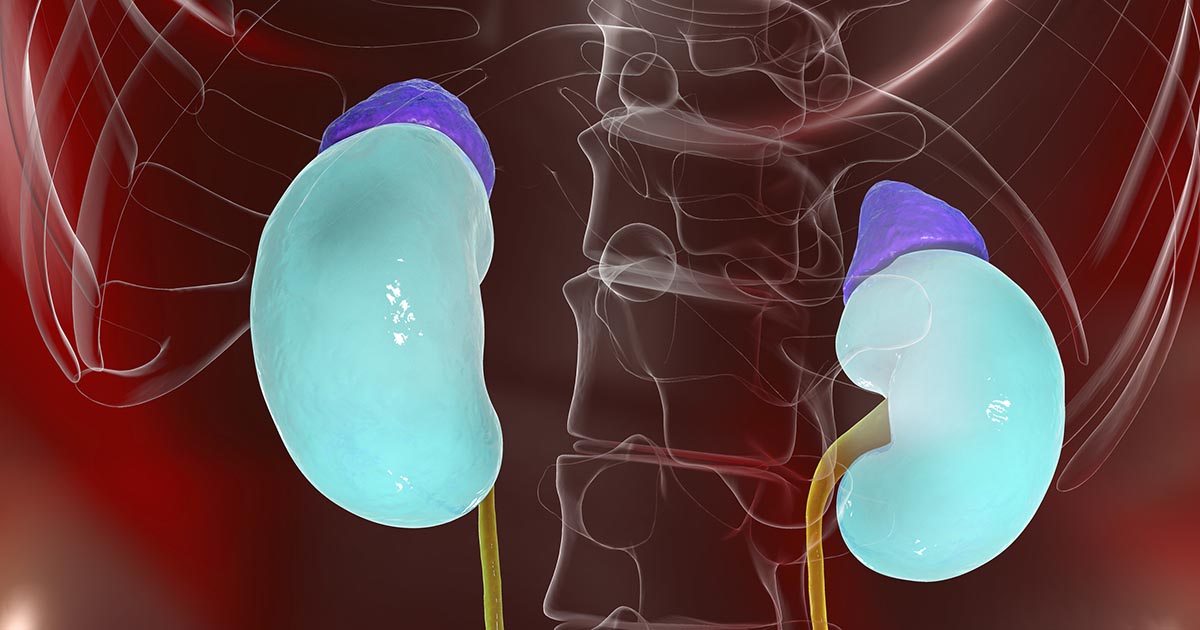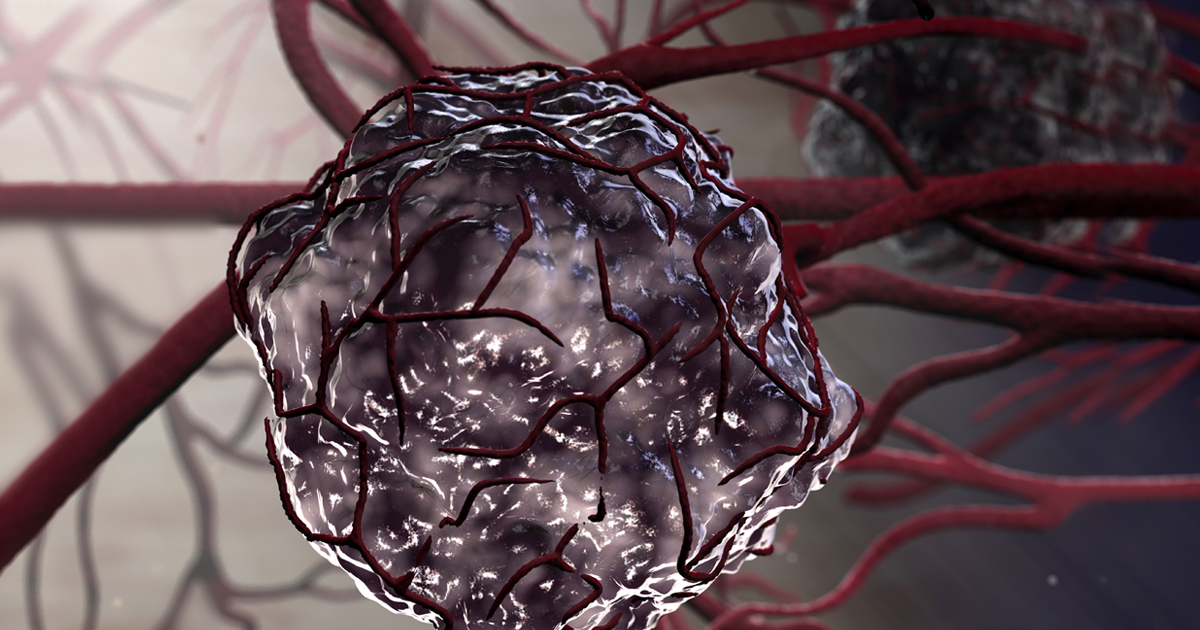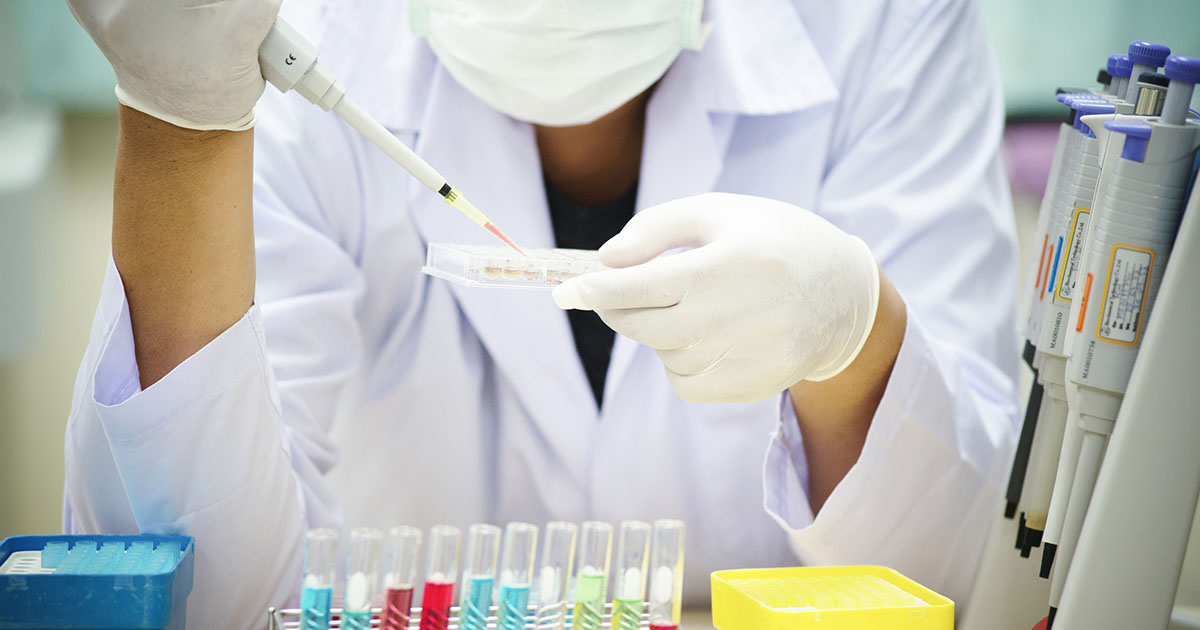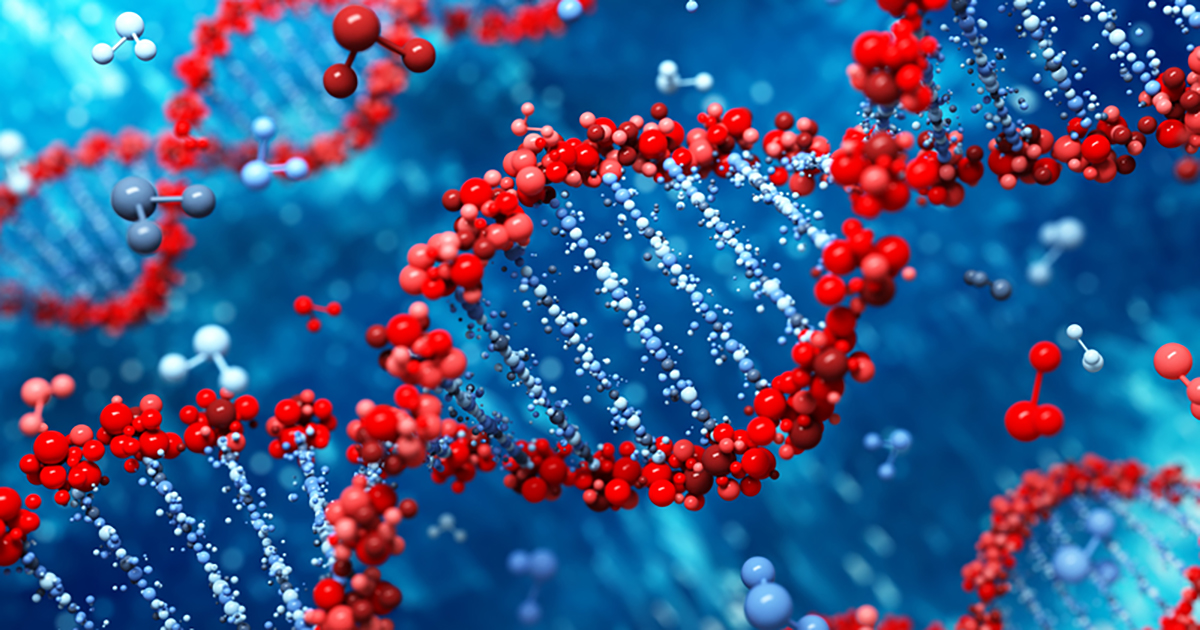Risk Factors And Causes For A Pheochromocytoma
Pheochromocytomas are tumors that form on the adrenal glands, located just on top of the kidneys. The tumors are a type of paraganglioma and are benign in ninety percent of cases. Typically, pheochromocytomas develop from the chromaffin cells of the adrenal glands, resulting in too many catecholamines being released into the body. This flood of catecholamines triggers a variety of symptoms, including high blood pressure, fast heart rate, sweating, headaches, shortness of breath, and pale skin. Some patients may also experience weight loss, anxiety, and constipation. The symptoms caused by pheochromocytomas may occur without any trigger, but sometimes they can appear after a patient eats foods containing high levels of tyramine such as chocolate, smoked meats, and certain types of cheese, wine, and beer. Taking stimulants or MAOI medications may also trigger a symptomatic episode, and these can also occur if a patient has recently had surgery, given birth, or undergone a vigorous workout. Surgery to remove the tumors and medications to reduce blood pressure are typically the only treatments needed for most patients. Let's investigate some of the major risk factors and causes for pheochromocytomas now.
How Hormones Contribute

While the exact cause of pheochromocytomas is unknown, scientists are increasingly interested in how hormones contribute to the development of this form of cancer. Generally, the tumors develop inside the chromaffin cells, and these are located in the middle of the adrenal gland. Chromaffin cells secrete hormones such as adrenaline, also known as epinephrine, and noradrenaline, also known as norepinephrine. These hormones are responsible for regulating blood pressure, heart rate, and blood glucose in the body. They also control the body's fight or flight response and prepare the body to react quickly to a threat. In healthy individuals, the secretion of these hormones occurs at a regular rate, and only the necessary amounts of each are released. Pheochromocytomas disrupt the normal release of these hormones, and they are instead secreted at irregular times and in too large quantities. This unsteady, excessive release is directly responsible for the elevated blood pressure, increased heart rate, and other symptoms patients experience with this tumor.
Uncover the next risk factors and causes of a pheochromocytoma now.
Related Tumors

Although the majority of the chromaffin cells within the body are located in the adrenal glands, small amounts of these cells are found in the heart, along the spinal column, on the back of the abdominal wall, and in the bladder and neck. Occasionally, related tumors can develop in the chromaffin cells in these areas, and such tumors are medically known as paragangliomas. Symptoms of paragangliomas are very similar to those of pheochromocytomas and include high blood pressure, elevated heart rate, and increased blood glucose. Patients have also reported tremors in the hands, chest pain, abdominal pain, irritability, and irregular heartbeat. Unlike pheochromocytomas, it is impossible for doctors to tell whether other paragangliomas are benign or malignant, as the tests for this have not yet been invented. Therefore, patients are monitored frequently with imaging studies to measure tumor growth and spread (if any). This monitoring is continued on a long-term basis.
Get to know more causes and risk factors for pheochromocytomas now.
Neurofibromatosis 1

Neurofibromatosis 1 is a condition that causes multiple tumors around the body. The condition was formerly known as both von Recklinghausen neurofibromatosis and peripheral neurofibromatosis. Tumors are present in the optic nerve, and patients also have many skin tumors; these are known as neurofibromas. They typically occur on or just under the skin. Patients may also notice the presence of pigmented skin spots. For example, freckles may be observed in the groin or armpits, and there may be many light brown spots, also known as cafe au lait spots. Generally, neurofibromatosis is a benign condition, and type 1 typically appears in childhood. Neurofibromatosis 1 is the most common form, and it can cause bone deformities and learning difficulties in addition to elevated blood pressure. Scoliosis is the most common form of bone deformity with this condition, and learning difficulties are present in approximately fifty percent of patients.
Reveal more causes and risk factors for a pheochromocytoma now.
Von Hippel-Lindau Disease

Von Hippel-Lindau disease is an inherited disease that causes benign tumors and cysts at several locations throughout the body. Common tumor sites include the kidneys, pancreas, brain, and spinal cord. While the tumors are almost always benign, those that occur on the kidneys or pancreas have a higher risk of becoming malignant. Symptoms vary according to the location of tumors and include headaches, difficulty with balance and walking, vision problems, limb weakness, hypertension, and dizziness. A genetic test can confirm the presence of this condition, and both surgery and radiation are common treatment options. The prevalence of von Hippel-Lindau disease is approximately one in thirty thousand individuals. Due to the rarity of this cancer, patients are advised to be treated by a specialist medical team familiar with this particular condition.
Get the details on the next condition related to pheochromocytomas now.
Hereditary Paraganglioma Syndrome

Hereditary paraganglioma syndrome is part of a group of inherited cancers that includes pheochromocytomas. The syndrome is characterized by the presence of paragangliomas, which are tumors that develop from neuroendocrine tissues along the spine. Some of these tumors may secrete hormones. Doctors can perform a genetic test to diagnose hereditary paraganglioma syndrome. It is recommended that anyone with a pheochromocytoma and those with a family history of this disease or related conditions consider having the test. Individuals with a family history or genetic markers for hereditary paraganglioma syndrome should have full-body MRI scans every year or two beginning at ten years old to screen for this disease. Yearly blood tests should be performed to measure levels of catecholamines, and patients should also have a complete physical examination each year. During this exam, patients should be carefully assessed for high blood pressure. Patients should also avoid smoking and living in high altitude environments.
Keep reading to reveal more risk factors of a pheochromocytoma now.
Multiple Endocrine Neoplasia Type 2

Multiple endocrine neoplasia syndromes are uncommon genetic disorders where numerous endocrine glands in the body form tumors or grow larger abnormally without developing tumors. Multiple endocrine neoplasia type 2 (MEN type 2) specifically involves tumors or excessive growth in the thyroid gland, parathyroid glands, lips, tongue, gastrointestinal tract, and the adrenal glands. This tumor or overgrowth is caused by aberrant additional activation of the affected glands, which is itself a result of a malfunction or mutation of a tumor suppressor gene. This particular gene is located on chromosome 10, and it is called the RET or Rearranged during Transfection gene. Most often, changes in the glands due to MEN type 2 occur slowly over time, but the abnormal growth can take place in more than a single gland at a time. Almost all individuals with multiple endocrine neoplasia type 2 will develop medullary thyroid cancer, and about half of them will develop pheochromocytomas. When abnormal endocrine gland activation occurs in the adrenal glands of individuals with MEN type 2, a pheochromocytoma will likely develop.
